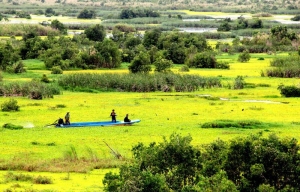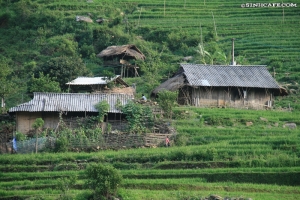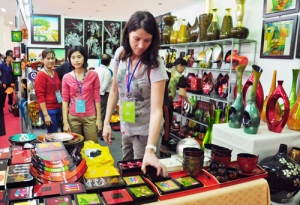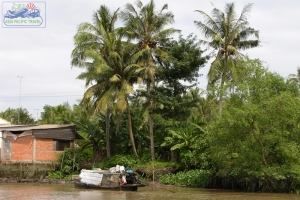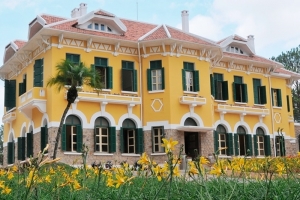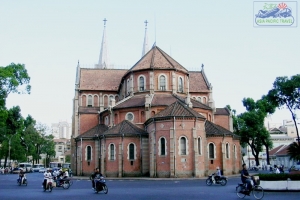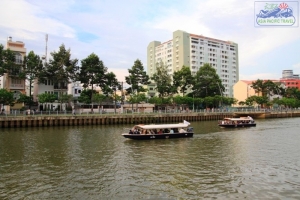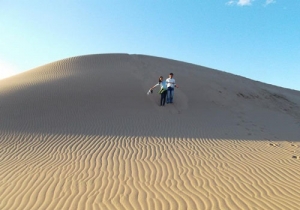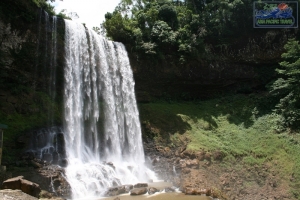Quảng Ninh, as well as being home to native Vietnamese, also features ethnic groups like the Dao, Tày, Sán Dìu, Sán Chay and Hoa. Essentially, they arrived from the north, having immigrated between 300 and 400 years ago, and are spread throughout the whole province. Population-wise, these groups account for…
Their dwellings are either earthen houses or mixed (half earthen, half on stilts). The Dao believe that in all creatures there are souls called hon or vân. When a living creature dies.Name: Dao (Thanh Y, Thanh Phán)Region: Occupying the highlandsCustoms and habits: Their dwellings are either earthen houses or mixed…
Name: Hoa (Hán)Region: Towns: Cẩm Phả, Uông Bí, Móng Cái; Districts: Đầm Hà, Hải Hà, Đông Triều. Customs and habits: The Hoa build houses with three compartments and two lean-tos and live close together. Families of a same lineage always reside together. In a Hoa family, the husband is the…
Name: Nùng.Region: Uông Bí Town, Tiên Yên and Ba Chẽ districts. Customs and habits: The Nùng mainly worship their ancestors, spirits, saints, Confucius, and Kwan Yin. Nùng villages are often built on hillsides. Language: The Nùng language resembles the Tày belongs Tày -Thái language. Culture: The Nùng have abundant folk…
Name: TàyRegion: Towns: Cẩm Phả, Uông Bí; Districts: Hải Hà, Ðông Triểu, Ba Chẽ, Vân Ðồn, Hoành Bồ Customs and habits: They live in villages and hamlets, either along stream shores or in plains and valleys. Houses were formerly built on stilts, but today modern changes can be seen in…
Getting married is an important event in a Vietnamese’s life. The procedure of the ancient wedding ceremony was very complicated. Current wedding ceremony procedures include the following steps: the search for a husband or wife, the proposal, the registration, and finally the wedding. Depending on habits of specific ethnic groups,…
According to legends, chewing quid of betel and areca has been a custom since the Hung Vuong period and is connected to the antique legend of betel and areca. A quid of betel, also called trau, is composed of four elements: an areca leaf (sweet taste), betel bark (hot taste),…
The Vietnamese culture has always evolved on the basis of the wet rice civilization. Thus, the lifestyle of the Vietnamese population is closely related to its village and native lands. In Vietnamese society, people gather together to form villages in rural areas, and guilds in urban areas. Villages and guilds…
A very popular belief among Vietnamese is the custom of the ancestor cult. In every household, an ancestor altar is installed in the most solemn location. Vietnamese believe that the soul of a dead person, even if dead for many generations, still rests along with their descendants on earth. The…
“The sense of the dead is that of the final,” says a Vietnamese proverb, meaning that funeral ceremonies must be solemnly organized. Formerly funeral ceremonies went as following: the body was washed and dressed; then a le ngam ham, or chopstick, was laid between the teeth and a pinch of…



















